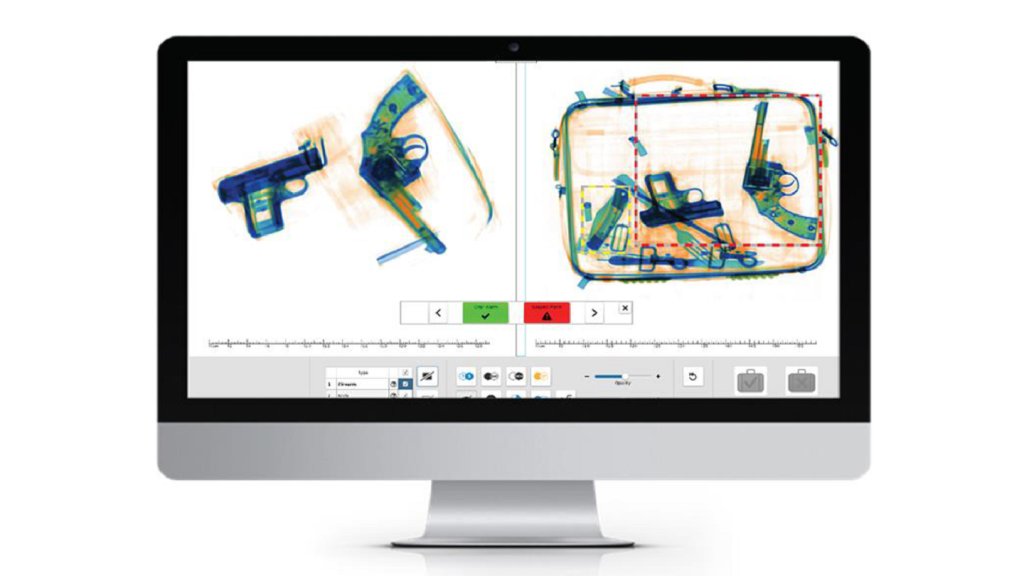
The airport experience is usually regarded as a stressful and sometimes gruelling process for passengers, which is partly why airports compete to create relaxing and fun spaces for weary travellers.
Between security and the boarding gate, passengers can now fit in a stroll through the park, a culinary delight, a short nap in a sleeping pod, a gym session or even a dip in the rooftop pool.
Moreover, over the past five years, airport libraries have been growing as a popular leisure activity.
A popular choice
In a 2013 Skyscanner survey of more than 10,000 travellers, 32% said they would like to see more libraries in airports – the third most popular choice, after cinemas and sleeping pods.
And while other options such as parks, pools and man-made beaches might prove more difficult to deliver, libraries are a convenient and fairly inexpensive improvement to the overall airport experience.
A mix of e-books and traditional paperbacks are available from a growing number of airports, and research shows that both mediums fare well on the market. According to Statista, between 2008 and 2012 the e-book unit sales per year increased by over 400 million units, and by 2018 the digital version of total book sales is expected to grow to over 25%.
How well do you really know your competitors?
Access the most comprehensive Company Profiles on the market, powered by GlobalData. Save hours of research. Gain competitive edge.

Thank you!
Your download email will arrive shortly
Not ready to buy yet? Download a free sample
We are confident about the unique quality of our Company Profiles. However, we want you to make the most beneficial decision for your business, so we offer a free sample that you can download by submitting the below form
By GlobalDataMeanwhile, print has proved a resilient force, continuing to dominate the market and comfortably coexisting with its digital counterpart in the hands of readers worldwide.
Airport libraries are thus a welcome addition, and each one has its own approach and model to draw in passengers.
A journey through European airport libraries
Amsterdam’s Schiphol Airport describes its library as essentially “a sitting area with added value”. Opened in 2010, it was the world’s first library in an airport.
It now offers a collection of approximately 1,250 books focused on Dutch art and culture, including Dutch fiction translated into over thirty languages, photo albums, shows and videos of local culture, as well as music from Dutch musicians.
In just three years since its opening, the library had been visited by over 1 million passengers, mostly those on intercontinental flights.
Visitors are welcome 24/7 and the library is mostly unstaffed, with the exception of one librarian who comes in one hour each day to re-shelve the books. Although checking out the books is not permitted, a small number of them do disappear.
Usually, some of the books are returned at a later point in time, and passengers sometimes leave behind their own novels, which go into a separate book-swap corner with all “the Dan Browns and Stephen Kings,” as airport librarian Jeanine Deckers puts it.
Tallinn Airport Library employs a more “open-doors” policy. Also a self-service, 24/7 venue, visitors to the Estonian library are invited to take any book along on their trip, and return it either on their way back, or “some other time”. As their website explains, “the library operates purely on trust”.
A collection of books in English, Estonian, Russian and other languages are available, to which visitors can add their own. Any donor is encouraged to leave a personal inscription or wish for his fellow readers, or even a journey log of the destinations the book has visited along the way.
Helsinki Airport took a different approach by installing a Book Swap Point near Gate 31. Located in the Kainuu Lounge, the idea was chosen from 260 proposals to “develop the airport experience” and it offers passengers the option to pick up and drop off books easily.
Going digital with e-book libraries
Taiwan Taoyuan International Airport was the pioneer of a digital library trend that would quickly catch on overseas. The “world’s first in-transit e-library” opened in 2011, offering 400 e-book titles for passengers in the waiting hall. The service complemented over 2,000 printed copies already available in the airport’s largest terminal.
Although futurist in its approach, the titles could not be downloaded on private devices, but were restricted to around 30 airport iPads and e-readers, given to passengers on a first-come, first-served basis – quite unrealistic for the 17 million travellers passing through the airport at the time.
However, the airport library trend caught on and the same year, Florida’s Fort Lauderdale-Hollywood International Airport became the first in the US to offer free e-book downloads.
The airport’s virtual library uses QR codes displayed on screens in the baggage claim areas, and when scanned, they allow access to an e-library of over 15,000 titles. Although the collection has everything from fiction, non-fiction, classics and children’s books, bestsellers are not included to protect competition with the local airport vendors.
Philadelphia International Airport also followed suit last year, when it revealed its Virtual Library Hot Spot, an impressive collection of over 35,000 titles, author podcasts and “megabytes of other digital content”. The virtual library occupies its own lounge in the airport, which was retrofitted with spare furniture from other parts of the airport, keeping construction costs to a minimum.
A few years prior, a similar initiative from San Antonio International Airport was discontinued due to financial difficulties. In 2012, the airport began offering a mix of paperback books, magazines and digital reads via three Quick Reads Shelves. In just three months, the programme distributed more than 15,000 books to passengers before the three-month, $50,000 initiative was stopped.
By contrast, Manhattan Regional Airport has had a more successful experience. Focusing exclusively on traditional print books, a partnership between the small airport and the local library saw copies picked up from local donors and delivered to the airport’s Books on the Fly collection.
Adding only 50 to 60 new books every month, the scheme has reportedly proved very popular with Manhattan’s air travellers and last year, the airport was planning a relocation and expansion of the growing library.
This year, Abu Dhabi International Airport launched its “Year of Reading” campaign, in partnership with the Abu Dhabi Tourism and Culture Authority. By offering multi-lingual books to passengers, it is hoped the programme will encourage more people in the United Arab Emirates to pick up a library book.







